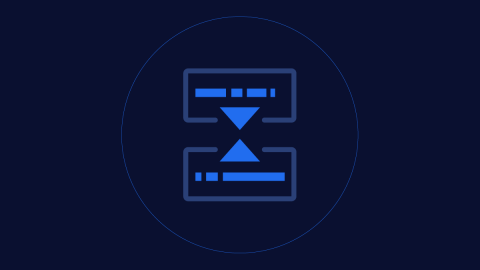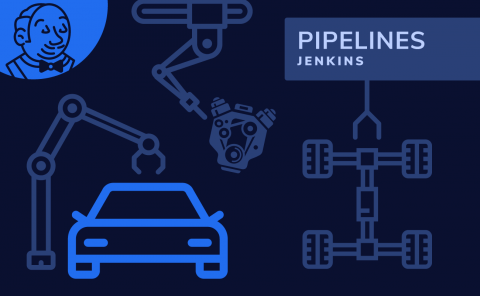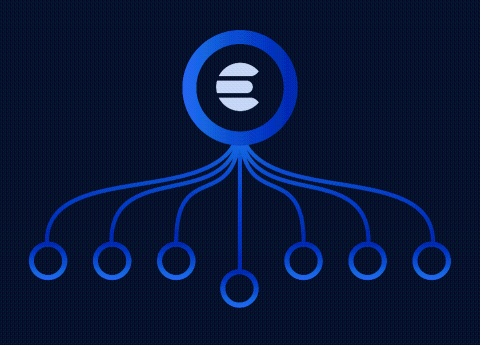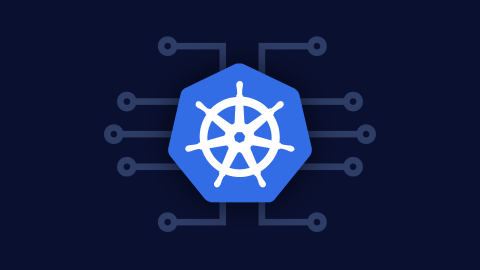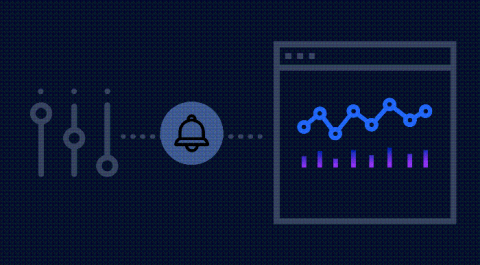Parsing Multiline Logs - The Complete Guide
In the context of logging, multiline logs happen when a single log is written as multiple lines in the log file. When logs are sent to 3rd party log monitoring platforms like Coralogix using standard shipping methods (e.g. Fluentd, Filebeat), which read log files line-by-line, every new line creates a new log entry, making these logs unreadable for the user.


